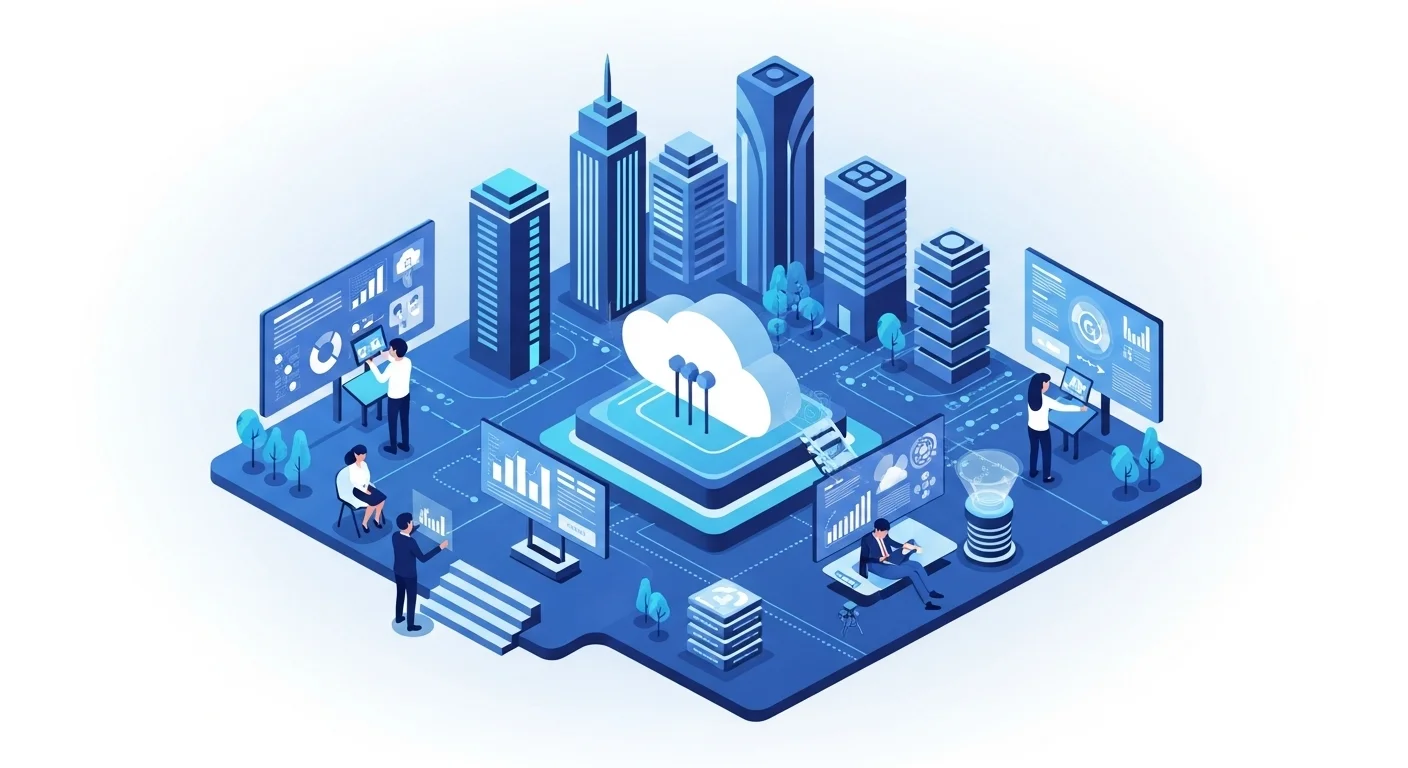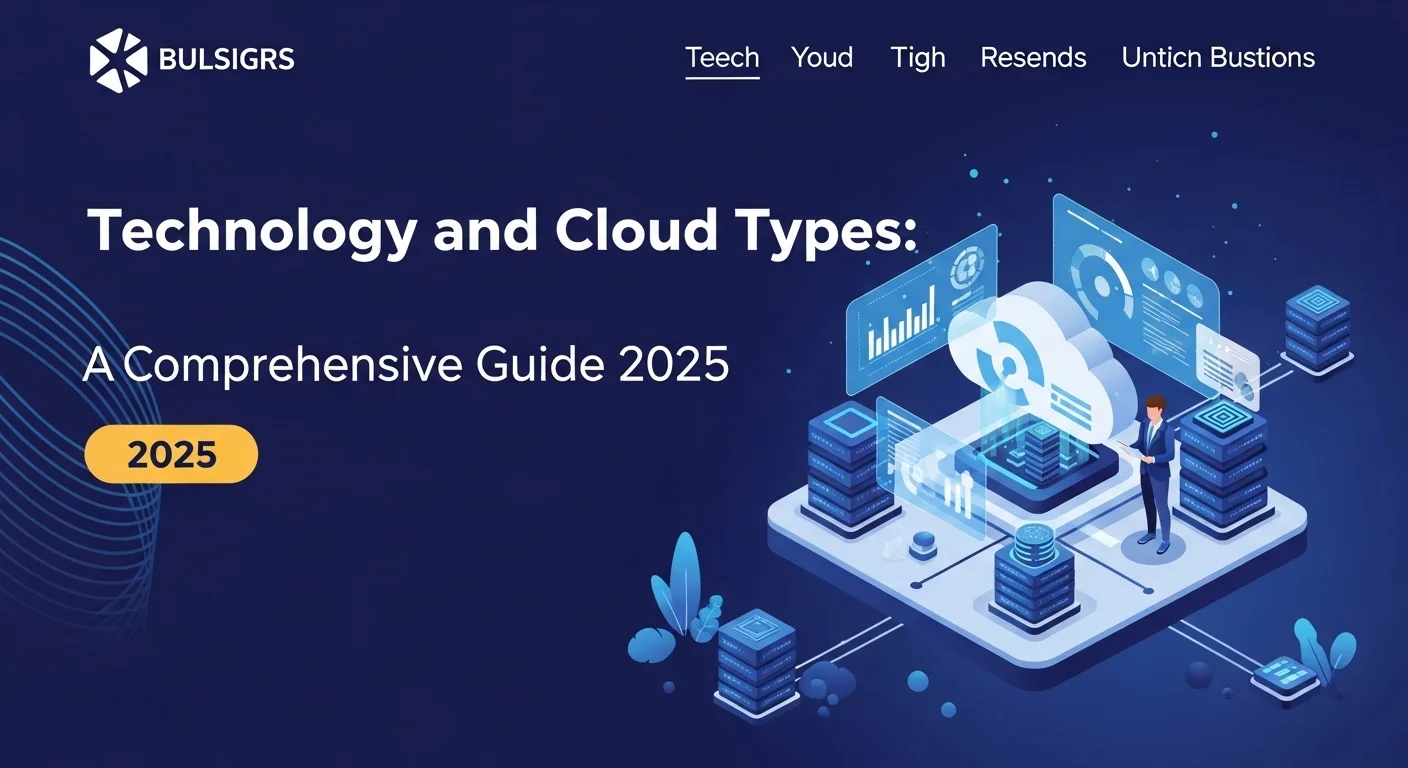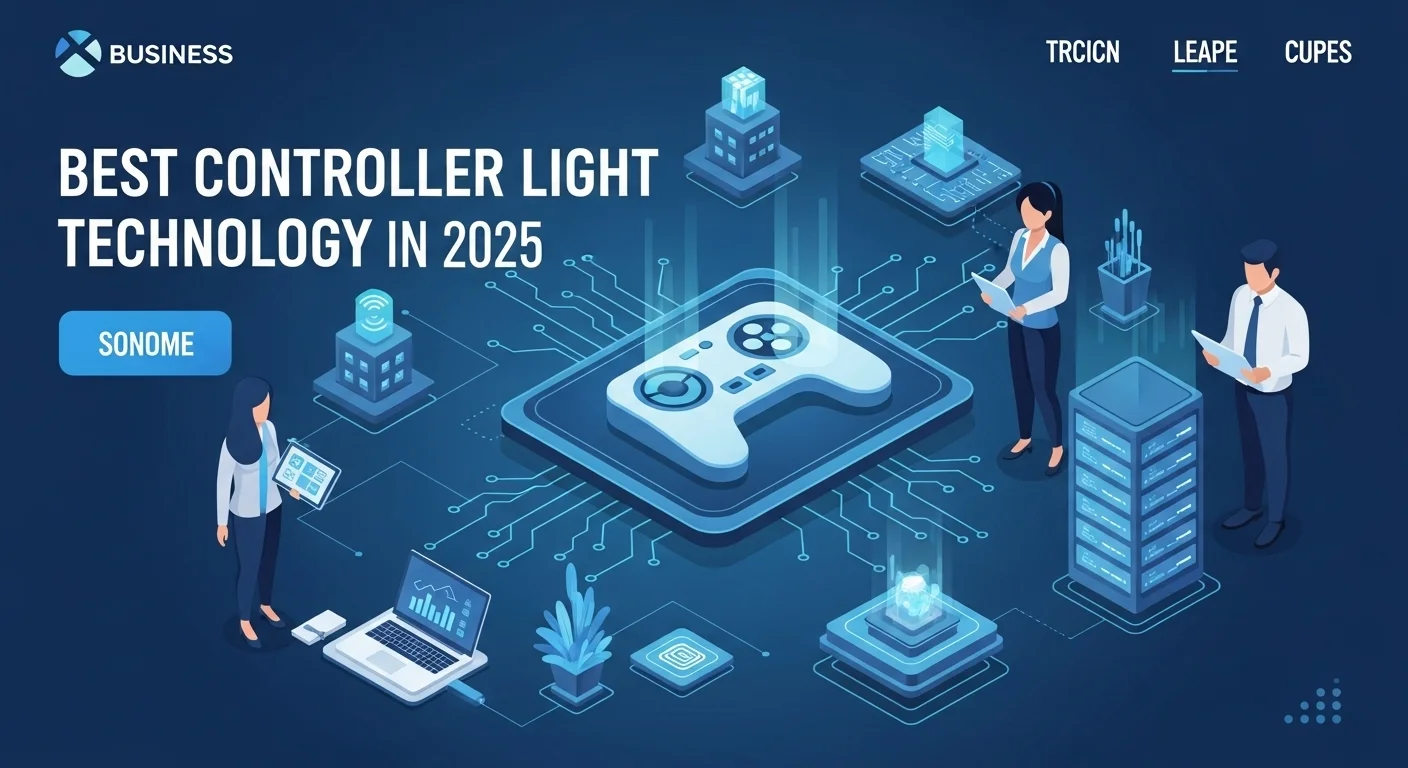Tech Demystified: Your Simple Guide to AI and the Cloud
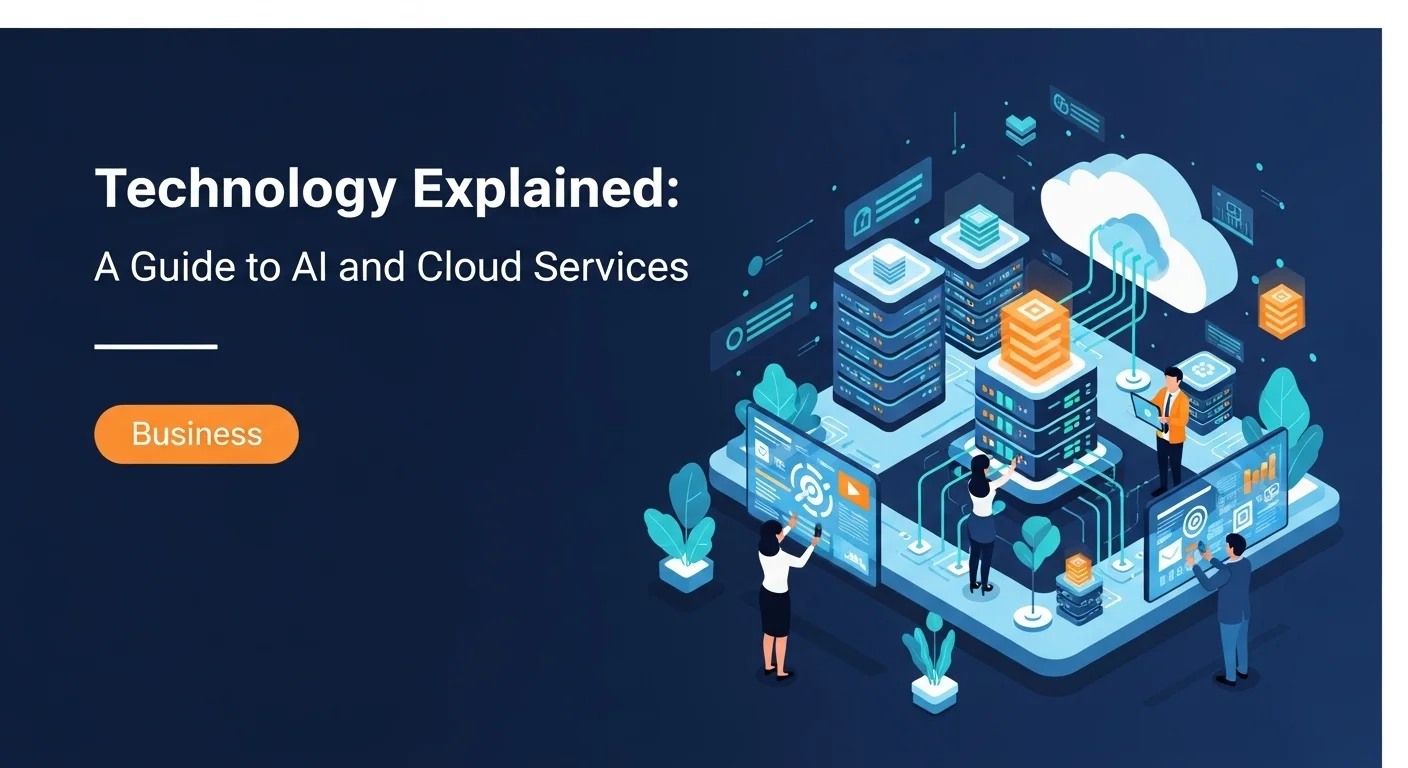
Executive Summary
I've sat in countless meetings where eyes glaze over the moment acronyms like 'IaaS' or 'XAI' are mentioned. It's like a different language. But here's the secret: these powerful concepts aren't as complicated as they sound. This guide is your personal translator. We'll walk through the world of cloud computing step-by-step, making sense of IaaS, PaaS, and SaaS, so you can choose what's right for you. We'll also tackle the crucial topic of keeping your digital world safe and peek inside the 'black box' of Artificial Intelligence to understand how it makes the decisions it does. My goal is simple: to turn confusing tech-speak into a powerful tool you can use to drive your business forward with confidence.
Table of Contents
Table of Contents
- Foundations of Modern IT: Understanding Cloud Services
- The Imperative of Digital Fortification: Cloud Security
- Opening the Black Box: Explainable AI
What Does All This Tech Lingo Mean for Your Business?
In today's business world, technology is the fuel for growth and innovation. But let's be honest, the tech landscape is a jungle of complex systems and acronyms that can feel overwhelming. My job is to cut through that jungle with a clear path. It's about translating highly technical jargon into practical business value. Why? Because making decisions in the dark can lead to wasted money, security risks, and missed opportunities. When technology is explained simply, it empowers you to choose the right tools, protect your assets, and build a culture of smart innovation. This article is our journey to find that clarity, starting with the biggest game-changers in modern tech.
Foundations of Modern IT: Understanding Cloud Services
At the core of almost every modern business is the cloud. In my experience, the simplest way to think about it is this: cloud computing is like streaming a movie instead of owning the DVD. You're accessing resources, software, and data over the internet instead of on your own physical hardware. This gives you incredible flexibility, the ability to grow on-demand, and often, significant cost savings. But 'the cloud' isn't just one thing. It comes in a few different 'flavors' or service models. Getting to know these is the first step in building a smart cloud strategy. The three main models are Infrastructure as a Service (IaaS), Platform as a Service (PaaS), and Software as a Service (SaaS). Let's break them down.
Infrastructure as a Service (IaaS)
IaaS is the most fundamental model. Think of it as leasing a plot of land with all the essential utilities—water, power, plumbing—already connected. The provider gives you the basic building blocks of a digital data center: servers, storage, and networking. You have the land and the utilities, but you decide what kind of house to build, what materials to use, and how to arrange the rooms. You manage the operating system, applications, and data. This gives you maximum control and flexibility, much like a traditional setup, but without the massive upfront cost of buying and managing physical hardware. In my work, I see this as a perfect fit for startups avoiding hardware costs or large companies migrating existing systems to the cloud. Major players here are Amazon Web Services (AWS), Google Compute Engine, and Microsoft Azure.
Platform as a Service (PaaS)
Moving up a level, we get to PaaS. If IaaS is leasing land, PaaS is like renting a fully equipped professional workshop. The building, workbenches, power tools, and safety gear are all provided and maintained for you. You just bring your raw materials and your vision and start creating. The PaaS provider manages the infrastructure *and* the operating systems and software frameworks. This frees up your developers to focus entirely on what they do best: writing code and building great applications. They don't have to worry about software updates or server maintenance. Services like Heroku or Google App Engine are great examples. PaaS is a fantastic choice for development teams who want to build and launch applications faster and more efficiently.
Software as a Service (SaaS)
This is the model most of us use every single day. SaaS is like moving into a fully furnished, all-inclusive apartment. You just sign up, get the key, and start living. Everything is managed for you by the provider—the infrastructure, the platform, and the software itself. Think about services like Google Workspace, Salesforce, or Dropbox. You access them through your web browser, and you never have to worry about installations, updates, or maintenance. The beauty of SaaS is its simplicity and ease of use. It makes powerful business tools accessible to everyone, without needing a big IT team. The trade-off is that you have less control over customization compared to IaaS or PaaS.
The Imperative of Digital Fortification: Cloud Security
As we move our businesses into the cloud, security becomes absolutely critical. Cloud security isn't just one thing; it's a whole collection of policies, tools, and best practices designed to protect your data and applications from threats. A huge misconception I often have to clear up is that the cloud provider handles all the security. In reality, security is a partnership, what we call a 'shared responsibility model.' The provider secures the cloud itself—the physical data centers and hardware. But you are responsible for security *in* the cloud. This means securing your own data, managing who has access, and configuring your services correctly. Most breaches I've seen come from simple misconfigurations or weak passwords. A strong security plan involves constant monitoring, using strong access controls like multi-factor authentication (MFA), and encrypting your data. It's about building a digital fortress around your assets.
Opening the Black Box: Explainable AI
Artificial Intelligence (AI) is revolutionizing how we do business, from predicting customer behavior to automating complex tasks. However, many powerful AI models can be a 'black box.' They give you a correct answer, but you have no idea *how* they got there. This is a huge problem in fields like finance and healthcare, where you need to be able to trust and justify a decision. This is where Explainable AI, or XAI, comes in. XAI is a set of techniques designed to make AI's decision-making process transparent and understandable to humans. The goal isn't just to get an answer, but to get an explanation with it. For instance, if an AI denies a loan, XAI can show you exactly why—pointing to factors like a low credit score or high debt. This transparency helps developers improve the AI, ensures fairness, and, most importantly, builds trust with the people whose lives are affected by these decisions. By opening the black box, XAI helps us build responsible, ethical AI that we can adopt with confidence.
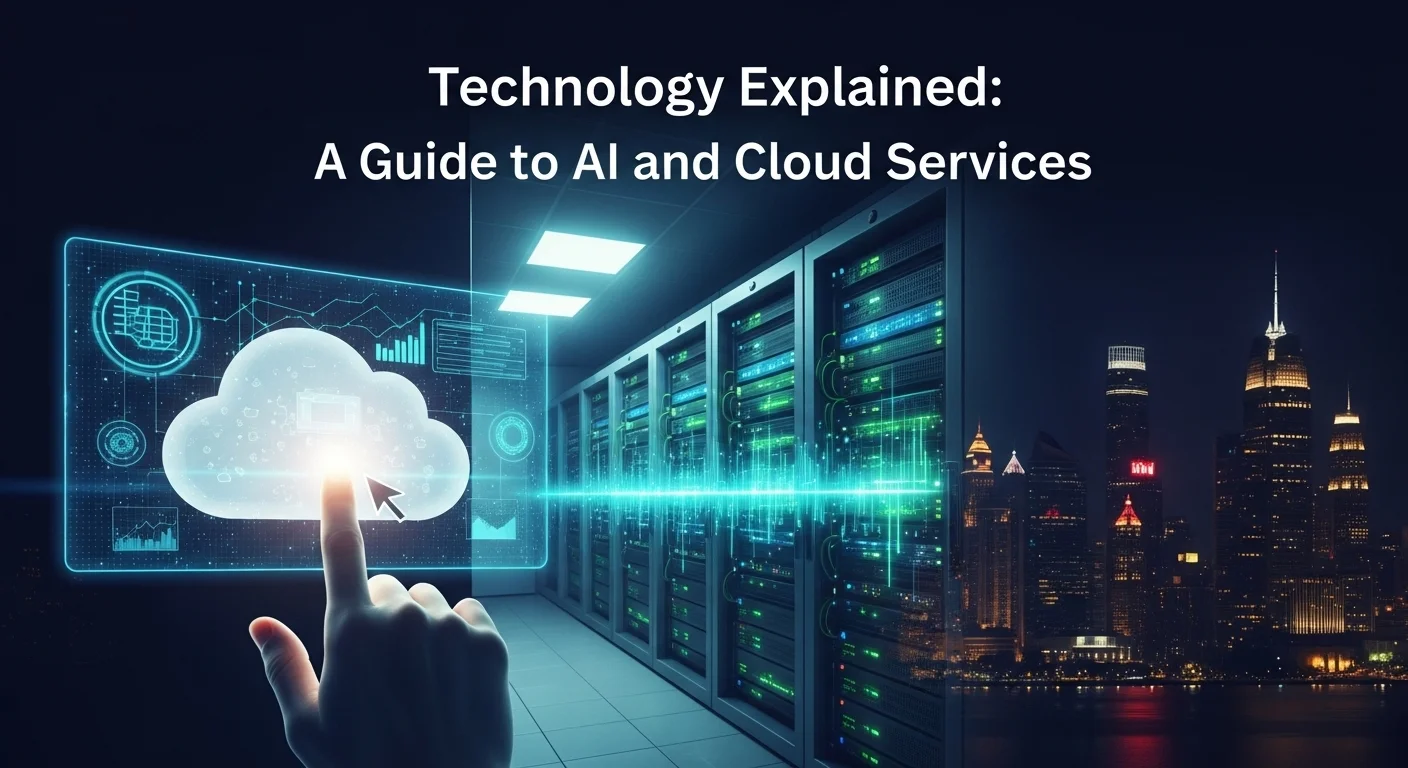
A Complete Guide to Technology and Business Solutions
Okay, we've covered the 'what' and 'why.' Now let's get into the 'how'—this is where strategy really comes to life. A complete guide isn't just about definitions; it's about knowing which tools to use for which job. It means understanding how to choose the right cloud model, how to build layers of security, and how to apply techniques that make your AI transparent. This part is the roadmap, turning concepts into a practical game plan for business and tech leaders.
A Deeper Dive into Cloud Models: Choosing Your Path
Picking the right cloud service model is one of the most important strategic decisions you'll make, impacting everything from your budget to your ability to scale. Trust me, a one-size-fits-all approach is a recipe for headaches. Your decision should always be based on your specific business needs, your team's technical skills, and your long-term vision.
A Practical Framework for Cloud Adoption
To choose wisely, I always walk clients through a few key questions:
- What's the Job? First, look at the task at hand. Are you migrating an old, existing application just to get it off your aging servers? IaaS is often the best fit, giving you the control to replicate your current environment. Are you building a brand-new, modern application from scratch? PaaS can put you in the fast lane by handling all the platform setup for you. Or do you just need a tool for a standard business function, like email or customer relationship management? SaaS is almost always the most efficient and cost-effective answer.
- What's the Real Cost? Everyone wants to save money, but you have to look at the total cost. IaaS might look cheaper upfront, but you'll need more IT staff to manage it, which adds to your operational budget. PaaS costs a bit more, but it makes your developers more productive, which can be a huge win. SaaS offers a predictable subscription fee with almost no management overhead, but you get what you get—customization is limited. You have to factor in the hidden costs of staffing, training, and migration to see the full picture.
- How Do You Avoid Getting Stuck? Relying too heavily on one provider's special tools can lead to 'vendor lock-in,' making it a nightmare to switch later. This risk is higher with PaaS and SaaS. To keep your options open, many companies I work with use a multi-cloud or hybrid strategy. A hybrid approach connects your own on-premise hardware with the cloud, acting as a bridge. A multi-cloud strategy means you pick and choose the best services from different providers—maybe using AWS for its raw computing power and Google Cloud for its data analytics tools. This gives you flexibility and resilience.
Side-by-Side Comparison: IaaS vs. PaaS vs. SaaS
Here’s a simple way to visualize the difference:
What You Handle:
- IaaS: Your Applications, Data, Runtime, Middleware, and Operating System.
- PaaS: Just Your Applications and Data.
- SaaS: Basically Nothing (beyond user settings).
What the Provider Handles:
- IaaS: The Core Infrastructure (Virtualization, Servers, Storage, Networking).
- PaaS: Everything from the Runtime down to the physical hardware.
- SaaS: The entire technology stack, top to bottom.
When to Use It:
- IaaS: Perfect for hosting infrastructure, processing huge datasets, disaster recovery, and creating development environments where you need total control.
- PaaS: The go-to for developing and deploying applications, building APIs, and running business analytics.
- SaaS: Ideal for everyday business needs like email (Google Workspace), CRM (Salesforce), and file storage (Dropbox).
This framework gives you the clarity to make a smart, strategic decision that fits your business perfectly.
Advanced Methods for Cloud Security
Good cloud security is proactive, not reactive. It requires multiple layers of defense that go far beyond a simple firewall. As the threats get smarter, our defenses have to get smarter too. Here are some advanced strategies I always recommend:
- Zero Trust Architecture: The old idea of a secure network perimeter—a 'castle and moat'—is dead in the cloud era. A Zero Trust model works on a simple, powerful principle: 'never trust, always verify.' It assumes threats could be anywhere, inside or outside your network. Every single request for access must be authenticated and authorized, every time. It's like having a security guard at every single door inside the building, not just the front door.
- Security Information and Event Management (SIEM): SIEM tools are your digital security hub. They collect and analyze log data from all your systems, on-premise and in the cloud. Using AI, these systems can spot anomalies, detect potential threats in real-time, and help you respond to incidents in minutes instead of days.
- Cloud Access Security Broker (CASB): A CASB is like a security checkpoint between your users and your cloud services. It enforces your security policies, gives you visibility into what cloud apps are being used (even the ones you don't know about), prevents sensitive data from leaving, and protects against threats.
- DevSecOps: This is a culture shift. Instead of having security be the final hurdle before launch, you build it into every single step of the development process. By 'shifting left' and finding vulnerabilities early, you make your applications fundamentally more secure from the very beginning.
Technical Methods for Explainable AI
Bringing transparency to AI involves a toolbox of different techniques. The goal is always to find the right balance between a model's accuracy and its interpretability. In my projects, we use a mix of approaches:
- Inherently Simple Models: Sometimes the best model is the simplest one. Things like Decision Trees are naturally transparent—they work on a series of 'if-then' rules that a human can easily follow. They might not be the most powerful models for every task, but for high-stakes decisions where explanation is king, they are fantastic.
- Post-Hoc Explanation Methods: For more complex 'black-box' models like neural networks, we can use tools to explain their decisions after the fact. Two of the most popular are:
- LIME (Local Interpretable Model-agnostic Explanations): LIME explains one prediction at a time. It essentially creates a simpler, transparent model around a single decision to figure out which features were most important for that specific outcome.
- SHAP (SHapley Additive exPlanations): Based on game theory, SHAP is a powerful method that assigns an 'importance value' to each feature for a particular prediction. It can show you how each factor pushed the prediction from the average baseline to its final result, providing both local and global insights into the model's behavior.
By understanding these deeper methods, you can move from using a black box to a glass box, building technology solutions that are not just powerful, but also modern, secure, and trustworthy.
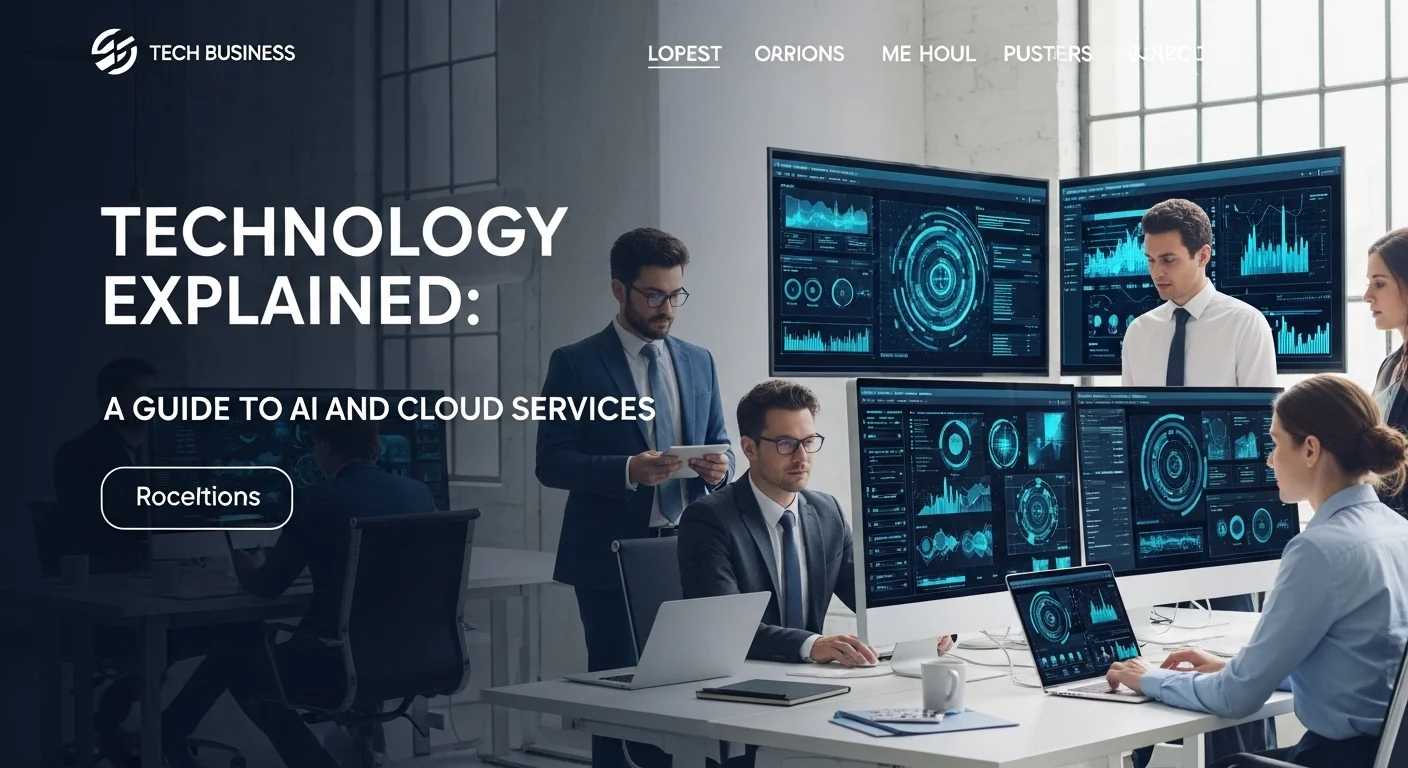
Tips and Strategies to Improve Your Technology Experience
Knowing the concepts is one thing; putting them to work effectively is another. True mastery comes from implementing smart practices, using the right tools, and always looking for ways to improve. This final section is all about actionable advice. Whether you're trying to control cloud costs, strengthen your security, or launch your first AI project, these are the practical insights I've seen make a real difference, turning knowledge into tangible business results.
Best Practices for Leveraging Cloud Services
A well-managed cloud environment is a powerful asset. A poorly managed one can become a financial black hole. Here's how to get the most out of your cloud services:
- Embrace FinOps (Cloud Financial Management): I've seen companies get a nasty shock when their first cloud bill arrives. Don't just move to the cloud and forget about it. Adopt a FinOps culture, which brings financial accountability to your cloud spending. Use tools like AWS Cost Explorer or Azure Cost Management to see exactly where your money is going. Tag resources to projects or departments so you can spot waste and optimize.
- Right-Size Your Resources: The most common source of wasted money is paying for more computing power than you need. Use auto-scaling to automatically adjust capacity to meet demand, so you only pay for what you use. For predictable workloads, look into savings plans or reserved instances, which offer big discounts for a longer-term commitment. And for non-urgent tasks, spot instances can offer massive savings on spare capacity.
- Use Smart Storage: Cloud providers offer different storage tiers at different price points. Don't pay premium prices to store old data you rarely access. Analyze your data patterns and set up lifecycle policies to automatically move data to cheaper, 'colder' storage tiers as it ages. This can slash your storage bill over time.
- Automate Everything with Infrastructure as Code (IaC): Use tools like Terraform or AWS CloudFormation to manage your infrastructure through code instead of manual clicks. This allows you to create consistent, error-free environments quickly and reliably. In my opinion, IaC is a non-negotiable best practice for managing any serious IaaS or PaaS setup.
Actionable Tips for Enhancing Cloud Security
A proactive, always-on approach to security is essential. Here's my go-to checklist for building a stronger digital defense:
- Lock Down Your Identity and Access Management (IAM): IAM is the front door to your cloud environment. Be ruthless with the Principle of Least Privilege—give users and services only the bare minimum permissions they need to do their jobs. Mandate Multi-Factor Authentication (MFA) for everyone, especially administrators. And regularly audit permissions to remove any that are no longer needed.
- Be a Watchful Guardian: You can't protect what you can't see. Set up comprehensive logging and monitoring across all your cloud resources. Use security services like Amazon GuardDuty or Azure Sentinel to continuously scan for malicious activity and unauthorized behavior. Set up automated alerts for anything suspicious so you can respond immediately.
- Encrypt Your Data, Always: This is a simple rule with no exceptions. Protect your sensitive data by encrypting it both at rest (when it's stored) and in transit (when it's moving across the network). All major cloud providers offer easy-to-use encryption and key management tools. Use them. It ensures that even if someone gets their hands on your data, it's unreadable.
- Test Your Defenses: Don't just assume you're secure. Regularly conduct security audits and vulnerability scans to find weak spots. I strongly recommend hiring third-party experts to perform penetration testing—they will simulate a real-world attack on your systems to find holes before the bad guys do.
Strategies for Implementing Explainable AI (XAI)
Integrating Explainable AI into your business is a strategic move that involves technology, process, and people. It's about building a culture of trust around your AI.
- Start Where It Matters Most: Begin your XAI journey with AI applications where the stakes are high. This includes areas like credit scoring, medical diagnosis, or hiring. The need for transparency and accountability is greatest in these domains, which gives you a clear business case for investing in XAI.
- Build a Diverse Team: Trustworthy AI isn't just a job for data scientists. I've found the best results come from a cross-functional team that includes domain experts, business leaders, legal officers, and the end-users themselves. This collaboration ensures the explanations are not only technically correct but also genuinely meaningful to the people affected by the AI.
- Use the Right Tools for the Job: You don't have to reinvent the wheel. Many modern AI platforms now have built-in tools for explainability. Google Cloud's Vertex AI and IBM's Watson OpenScale, for example, are designed to help you monitor and explain your AI models. Leveraging these platforms can give you a major head start.
- Communicate Clearly: An explanation is useless if no one understands it. Develop clear, simple ways to communicate the 'why' behind an AI decision to different audiences. This might be a detailed technical report for an auditor or a simple, plain-language summary for a customer.
By applying these strategies, you can move beyond simply understanding technology. You can actively manage your cloud for peak performance, build a resilient security posture, and pioneer the responsible use of AI. In my experience, this proactive approach is what truly separates the leaders from the followers in today's digital world.
Expert Reviews & Testimonials
Sarah Johnson, Business Owner ⭐⭐⭐
The information is correct but I think they could add more practical examples for business owners like us.
Mike Chen, IT Consultant ⭐⭐⭐⭐
Useful article. It helped me better understand the topic, although some concepts could be explained more simply.
Emma Davis, Tech Expert ⭐⭐⭐⭐⭐
Excellent article! Very comprehensive. It helped me a lot for my specialization and I understood everything perfectly.

